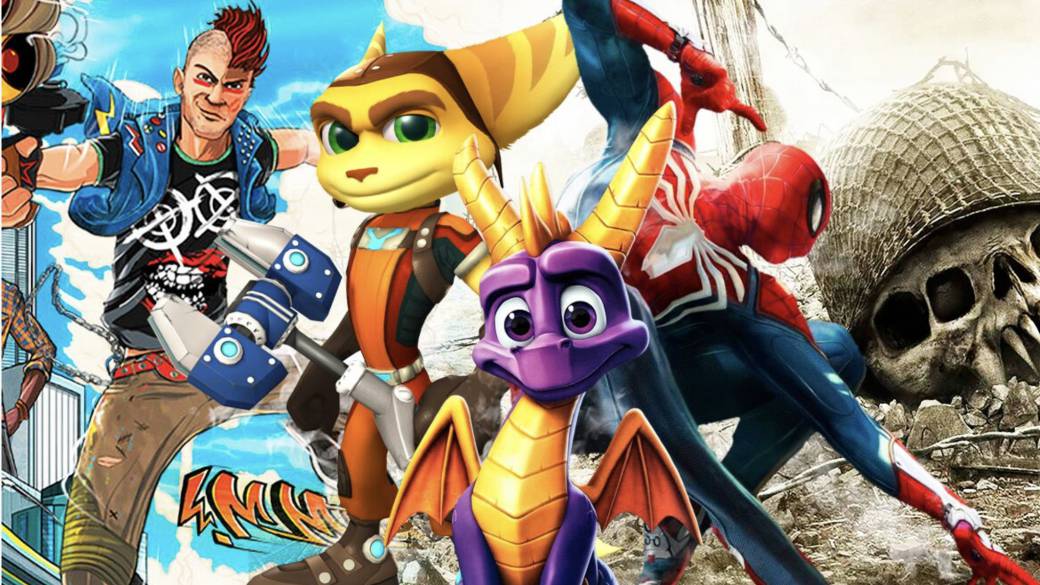
We review the history of the Californian studio, creators of sagas such as Spyro: The Dragon, Ratchet & Clank, Resistance and Marvel's Spider-Man.
The history of Insomniac Games and PlayStation is intertwined from very early dates, with the birth of the study, which took place in 1994, in California (United States). His first projects were developed for the Sony console, although at that time still under the seal of Universal Interactive Studios. At that time, another developer began to emerge, nothing more and nothing less than Naughty Dog. Since then, almost in parallel, both have starred in a close relationship, especially since several of their video games coincided in theme and gender. Now, in addition, they also share a house.
Sony buys Insomniac Games
Insomniac Games has become one of the new Sony Interactive Entertainment Worldwide Studios teams. The Japanese company has acquired it after the success of Marvel's Spider-Man, an exclusive PlayStation 4 production that has conquered the trepamuros fans. The announcement of the purchase was carried out through a joint press release: "Insomniac Games is one of the most acclaimed development studios in the industry, and its legacy as great storytellers and gameplay designers is incomparable," said Shawn Layden , head of global Sony studies.
The manager has recalled the strong relationship that both parties have had for years, so they are "delighted" to welcome them to the Worldwide Studios family. “The incorporation of Insomniac Games to SIE WWS reinforces our commitment to develop high-level playable experiences that can only be found on PlayStation platforms,”

From the developer have also issued their relevant statements. "Joining the WWS family provides Insomniac with even greater opportunities to make our vision a reality," which leaves players with "positive and lasting" feelings. These words are from Ted Price, founder and CEO of Insomniac Games. “We have enjoyed a relationship with PlayStaton since practically our birth. The collaborative relationship expands our potential, and Marvel's Spider-Man has testified to that. ” Price has stated that they are "excited to take the next step" and "grow" along with the rest of Sony's studios.
More than twenty years have passed since Ted Price launched Insomniac Games. Twenty years in which the study has remained, in one way or another, linked to the PlayStation brand, except on specific occasions. How was that relationship forged? What projects have you worked on? And what difficulties did they go through? We travel to the heart of Insomniac Games to solve those issues.
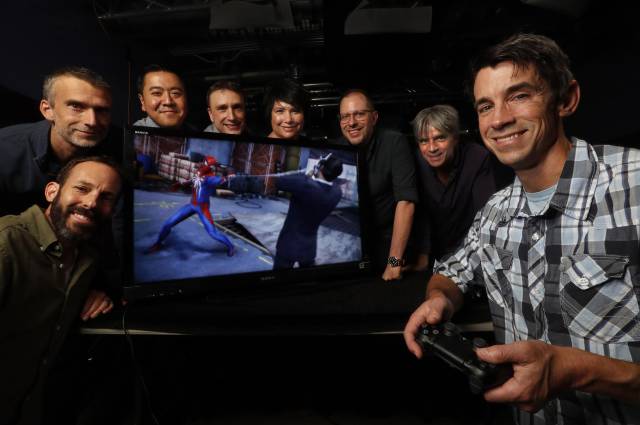
Everything has a beginning
You may have never heard the name of Xtreme Software, but that was the first option that was considered for Insomniac Games. In an interview with Variety, Ted Price said that in 1994 he went to register his company. However, in the office, he was confirmed no, that bad luck, that he was already taken. "And thank God," he confesses. Instead of slightly modifying that initial idea, Price lit the bulb and came up with the ideal name, which we have all heard for more than two decades.
"We talk a lot about our culture and how we have evolved," says the director in the same interview. As he says, the business culture has been preserved despite the passage of time. “I mean, our values are identical. Our mission, our vision is the same when it comes to wanting to build impactful and lasting experiences for the players. But the processes have evolved significantly, we have grown in size, although the way we solve problems collaboratively has not changed. ”
 Disruptive
Disruptive
One of the revolutions of the video game was the arrival of the CD-Rom format. In those early nineties, 3DO had just gone on the market, making it the first domestic platform to incorporate the reader into its housing. "People forget the fact that it was probably the birth of the modern videogame industry, as CD-Rom allowed people or teams like Insomniac to enter development," reflects Price. "Before that, using cartridges or ROMS was something that only large studios could afford."
The first Insomniac Games project, Disruptor, was edited by Universal Interactive Studios exclusively for the first PlayStation. Ted Price returns to those previous moments in an interview with IGN. Again, the subject of the name comes to light, an issue that brought head to study, because they had to reveal what they had in hand shortly after. "We got nervous, we were about to announce our first game, so we had a blackboard on which all the members of the company then wrote different names." Various ideas emerged from the brainstorm: Ragnarok Software, Ice Nine, Moon Turtle, etc., but in the end, Disruptor came out under the umbrella of Insomniac Games.
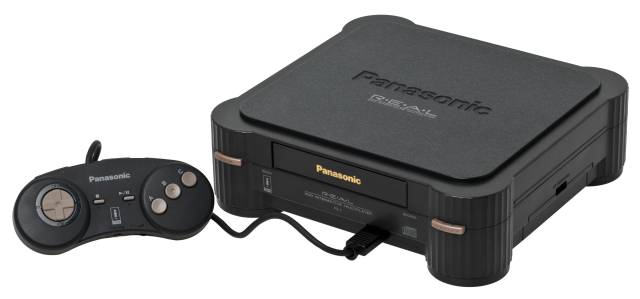 3DO console.
3DO console.
"I think we were all going different paths," reveals Alex Hastings, one of the veteran team members, to the American media. “Insomniac was one of Ted's ideas. In part (he was chosen) for being the first one who was not registered. It was not really the first option. ”
Disruptor was a first person shooter who used telekinetic powers as part of his playable core. According to its developers, they looked sideways at Doom when they articulated the video game. “Doom was the only inspiration for Disruptor. I was a big fan, ”admits Hastings. The foundations of the work were built in response to the “enthusiasm” that they all felt for the video game of id Sotware. “For many of us it is difficult to remember something so far away, but when Doom went on sale, it turned out to be a video game that blew your mind. It was amazing how (id Software) transformed the industry with that title. ”

Of course, replicating Doom's success was an impossible task for some newbies. Hastings confesses that they did not even know what they were getting into, since they had no experience. "It turned out that we came to the industry at a good time, when a lot of people didn't know what I was doing." The development, however, did not start on PlayStation, but on 3DO. To do this, they were organized with a development kit that cost about $ 8,000.
Then it was not known, but the future of 3DO would not be as bright as some expected. The emergence of SEGA and Sony with their respective consoles, Saturn and PlayStation, soon made clear the market trend. Anyway, the decision to move Disruptor to the Sony machine was due to the impulse of Mark Cerny, current architect of PS4, former developer of SEGA and, at that time, executive producer of Universal Interactive Studios. The Californian team went to Universal to sell their product and close an agreement, something that finally happened. “I think we went there on the same day that the Naughty Dog boys were presenting Way of the Warrior,” recalls Price.
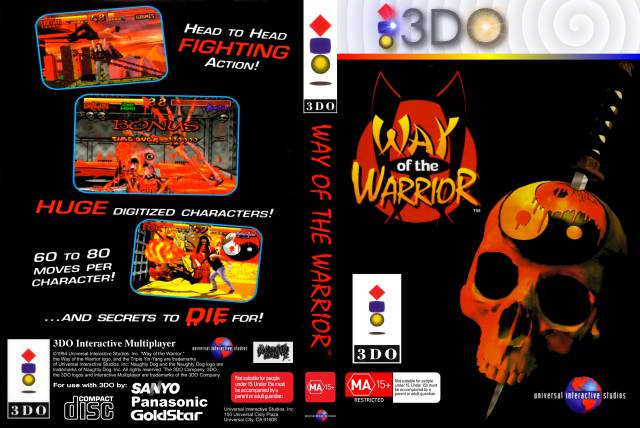
The founder of Insomniac Games indicates that Cerny gave them many useful tips, while recommending them work on PlayStation, since he was worried about the sales that Disruptor could reap in 3DO. “We were fortunate to have a game like Disruptor, as we learned many hard lessons about production very soon. We learned about the good design of guys like Mark Cerny or Michael John. ”
The violet dragon: Spyro the Dragon
Sky For Bob has brought Spyro back. Activision recently published Spyro: Reignited Trilogy, although the original trilogy was signed by Insomniac Games with Universal Interactive Studios in production. “We are big fans of Spyro, and those original games served as a reference for many of the things we have done, especially Skylanders. It has been great to close the circle with the Spyro classics and breathe them into a new life. ” These statements are from Paul Yan, one of those responsible for the remake of these first titles. The passion that this franchise arouses is fueled by the memory of nostalgia.
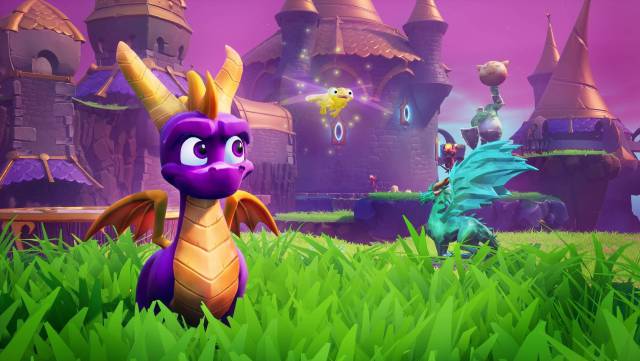 Spyro's remake.
Spyro's remake.
Together with Naughty Dog's Crash Bandicoot, Spyro was undoubtedly one of the most remembered and successful three-dimensional platforms of the time. In the article published in IGN, it is specified that Mark Cerny wanted Insomniac Games to do something different in his next project. According to Price, Cerny told them that Nintendo was an absolute owner of the family market and that there was nothing on the PlayStation that resembled what the Kyoto company did. “Guys, you should consider looking for a different market. Think what you could do. ” Cerny's words rumble in Price's mind.
“We discussed the opportunity to create a more fantastic world with an anthropomorphic dragon. At the same time, Al (Hasting) was working on a new graphic engine for PlayStation. Its strong point was the open worlds, in which you could see great distances. This really worked with this idea, and we could count on a dragon that flew around and planned. ” According to the creative, it was “an anomaly”, as there were few games that truly benefited from PlayStation hardware in this way.
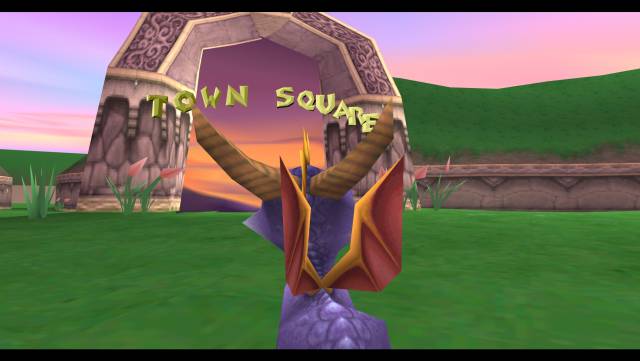
Unlike Nintendo, PlayStation did not have any pets that identified with its brand. Paradoxically, neither Crash Bandicoot nor Spyro were ever owned by the Japanese, even though the players often mimicked these intellectual properties as Sony brands, just like Lara Croft. Sir Daniel Fortesque, on a scale from behind, also became one of the important characters, although this time they did own the rights.
For Hastings, the search for a pet was only part of the process. Encouraging a dragon in those days was not a trivial matter, so they opted for a reptile baby instead of a huge and fierce creature, since it must behave "like a small circle, a tiny sphere, or it would have been a disaster." The team was still very humble in size, but managed to overcome the conceptual phase and develop a demo. "I remember that in some cases we only had a basic plane, a huge polygonal plane, Spyro running around there and a couple of simple enemies to practice with load and glide shots and fire attacks," says Price. The founder of Insomniac Games remembers the "references to Mario 64" during the development of Spyro, since "Mario had a very fluid and sensitive movement system".
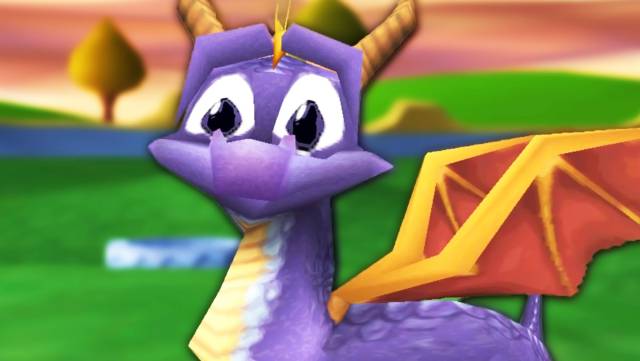
Spyro the Dragon was released in 1998 exclusively for PlayStation. "The first always special", but not his favorite saga game. “The second was my favorite. I felt that first, somehow, I learned to create a Spyro video game. In the second I was able to do it well. ”
Insomniac Games closed the trilogy and never again worked with the character, which became an intellectual property of Activision. The following games were produced by Universal, but later, with the change of hands, the creators of Call of Duty also sought new ways to exploit the franchise. Again, the parallels with Naughty Dog became patent again. Crash Bandicoot followed a very similar path and now belongs equally to Activision.
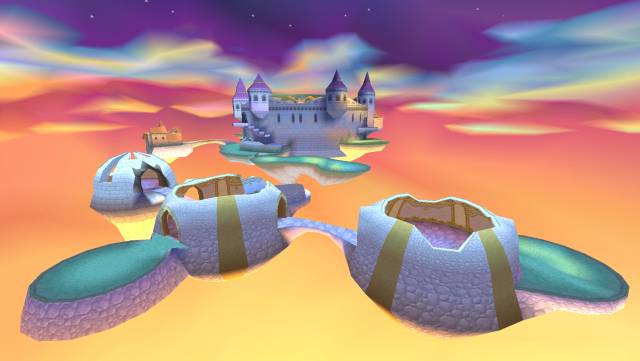
A new generation: Ratchet & Clank
Who better than Ted Price himself to talk about his work at Ratchet & Clank? After the generational replacement, Insomniac Games continued to delve into the genre of platforms and action, and did so on PlayStation 2. Price wrote about the entire process in a text published in Gamasutra.
“It was the end of the spring of 2000, and although we were still working on the production of Spyro: Year of the Dragon (our last Spyro), we knew we should start planning our first project for PlayStation 2. Our problem was twofold: we had decided not to develop more Spyro titles and we were deciding if we wanted to continue in the genre of platforms and action. It's a familiar scenario for developers: the road is open in the canal, but finding the direction of the trip is difficult. ”
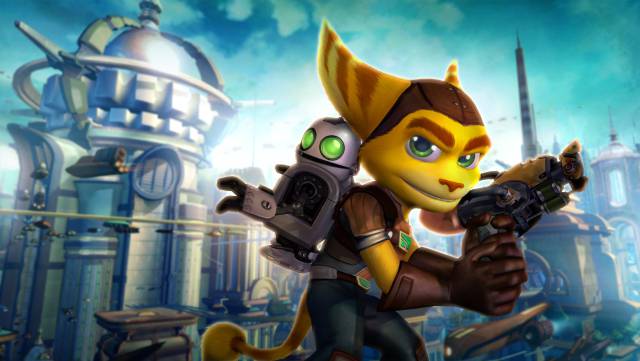
Up to twenty people gathered to decide the course of the study, but everything "became tense and depressed" at certain times. Price wanted to put aside the genre of the platforms because Alex Hastings "had very cleverly suggested that this was the perfect opportunity" not only to expand his skills, but also to find "other niches in the console market."
After discarding many ideas, they opted for a concept they describe as "dark adventure." They wanted a more realistic and immersive game, which meant abandoning the “bright stages, cartoon characters and platform mechanics”. It also meant that they had to create "a macro design and a story that was much deeper than those narrated in Spyro."
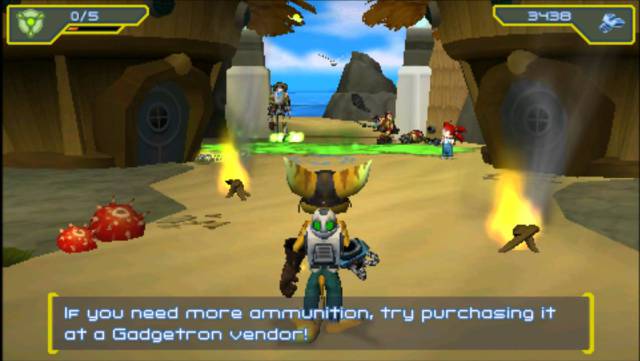
They called it concept I5 (because it was the fifth game of Insomniac Games). "The main character was a human with a stick." The protagonist was able to use her cane, but also to use magic through martial arts movements. "There was a strong Mayan influence on the aesthetic part of the game, and the characters and locations we planned were much more realistic than anything we would have tried since our first game."
With the idea in mind, Insomniac Games presented its plans to Sony Computer Entertainment America (now Sony Interactive Entertainment) and closed an agreement at a time of early preproduction. "Once we had the support of Sony, our preproduction team began working with PS2 technology" to bring the conceptual elements to life. However, a few months later it was confirmed "that things were not going well."
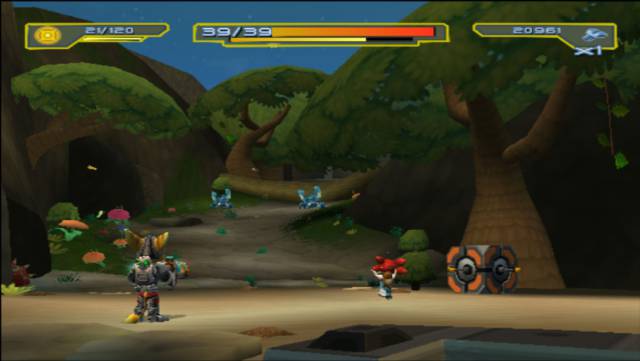
First, they failed to find the desired tone for the character. “It was too cartoon and then too mundane; the colors we chose ended up looking weird on the screen, and we weren't able to catch the right proportions. ” According to Price, in the past proportions had never been a problem, since they had only worked with non-human characters. "But we quickly realized that it is easier to see flaws in human characters than in those that are not." Although they finally made their appearance acceptable, it still had a strange appearance.
Another of the production problems was the platform. The jump from PlayStation to PlayStation 2 was done in a very short time interval, so Al Hastings carried all the responsibility, although Mark Cerny offered him help, since he had written the original VU code that was used on the first engine for PlayStation 2. “Al and TJ Bordelon, a tool programmer, was at that time desperately trying to take the engine and tools to the place where artists could use them to build the prototype of the stages and the characters. ” In a matter of months, they managed to make everything work as more or less well, but the technology was not yet ready to produce a game like the one they had planned.

The most controversial part of the process is that not even the team believed in the project. “No one was truly excited about the game and its direction. We made it work through effort. My job was to be the supporter of the concept, but maintaining a positive attitude was becoming more and more complicated. Morale was at the lowest point. ”
The project went ahead and developed a playable version. "Although it wasn't bad, it wasn't great either, and we wanted something big." Sony producers confirmed the suspicions. “At one point, Connie Booth, our executive producer at SCEA, suggested that maybe we should rethink the direction we had taken. Although it was very clear that Sony would support them regardless of what they decided, he said that PlayStation 2 would be full of adventures on the planned launch date. ” In addition, the producer was convinced that the project did not take advantage of Insomniac Games' strengths.
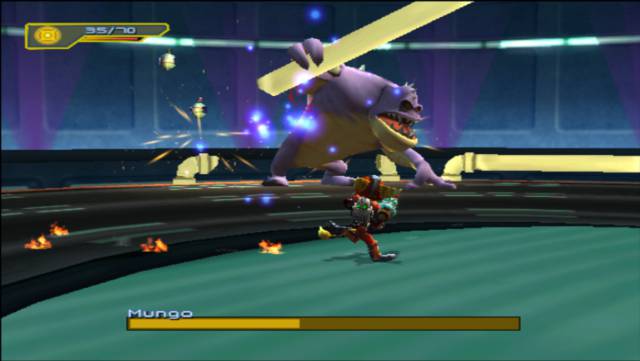
How could it be otherwise, the management team was forced to digest their words, but once they reflected, they realized that Booth was right. If they worked hard, they would surely be able to launch a solid adventure game, but that nobody in the studio was excited about the video game "would have killed the team." Thus, on March 20, 2001, they stopped the pre-production of I5 and started again. They decided to return to a better known terrain, that of action and platforms. The announcement helped restore morale and reverse an unwanted situation.
Two weeks later, they developed the basic concept of Ratchet & Clank. "In a matter of days, Dave Guertin, our chief character designer, sketched the two main characters, and soon after, we were already brainstorming ideas about weapons and gadgets that players would have to use."
According to Price, once this new line started, they never "looked back." That does not mean that "there were no problems during the process", but it was the best production they remember in Insomniac. Maybe that's why Ratchet & Clank is one of the most prolific sagas in the studio, as the two characters have starred in deliveries on PlayStation 2, PlayStation 3 and PlayStation 4.
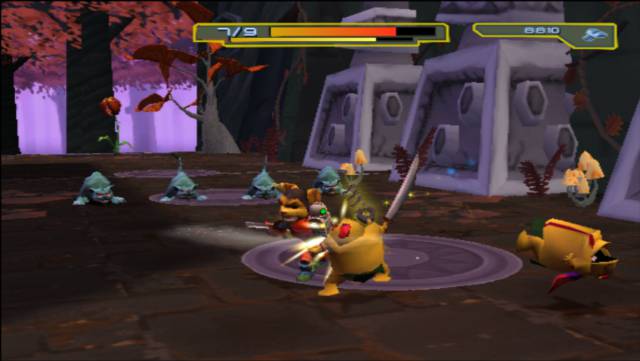
Resistance: a step towards realism
The idea of Resistance took shape with a clear inspiration: the adaptation to the Starship Troopers cinema. "We were chatting about the Starship Troopers scene in which the good guys rescue soldiers in a mobile bunker," says Price in statements to IGN. “They are arming the defenses when they suddenly see what seem like thousands of swarms coming down the hill. We talked about this, about what would be great if we did a first-person alien shooter, which of course was not new. ”
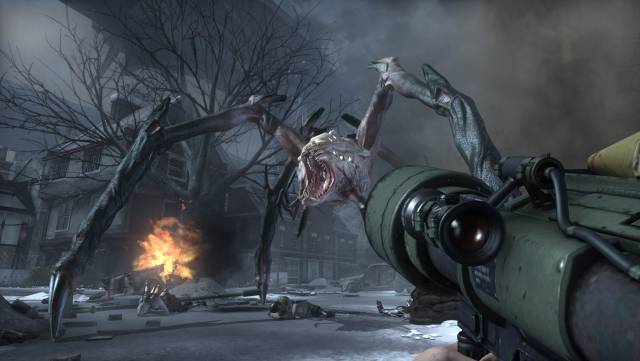
The discussion focused on finding the distinctive point. What they made clear is that they wanted a video game with many enemies, "something that was more credible." That evolved "in an attempt to create a first-person shooter, but without the traditional elements of the genre." In a first stage, Insomniac cherished the idea that Resistance was configured as a squad game. After trying a good number of things, they realized that the project was in a stalemate. "All those experiments failed."
“I remember Connie Booth, from Sony, watching one of our demos,” with which they intended to close a new agreement with PlayStation. The executive producer thought that the problem with the proposal was the fact that it was more fun to shoot humans or humanoid creatures than "those giant lizards." Price admits that he turned to those criticisms and said to himself that it was fun to kill the lizards, "but she was right, so we designed the Chimera (the game's antagonists) and made it more credible."
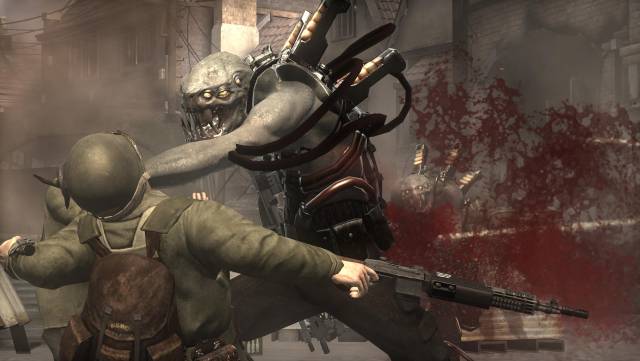
The video game was conceived as a kind of space opera, but it did not work. Mark Cerny recommended at that time to set the work in the First World War. "It was great, I responded very positively to it." However, that period posed difficult problems to solve, since the concept of Resistance was to incorporate a variety of weapons that the already outdated technology of that period could not supply. Then they thought about World War II, but there were already many titles set at that time. In the end they opted for the fifties.
According to Price, in Resistance fiction the aliens landed on Earth during World War II, perhaps earlier, so they prevented the war from taking place and changed the political structure of the world. “It was a long and winding road to get to that point. We tried many things thematically ”and playably.
Designing Resistance: Fall of Man was not a path of roses, but Insomniac Games fed on adversities and managed to complete the development of a video game that ended up becoming a trilogy. The saga branched out with two more titles for portable consoles.
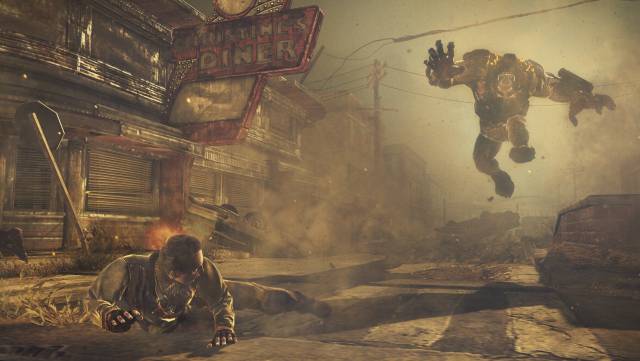
A parenthesis: Fuse and Sunset Overdrive
The good tune between Insomniac Games and PlayStation never faded, but the studio worked on two major projects away from Sony. In 2011, the creators of Spyro announced an agreement with Electronic Arts to publish Fuse, a new intellectual property that this time would belong to Insomniac and not the publisher. “EA Partners was originally conceived to work with independent developers with their proprietary IPs. That was great for us, because they liked what we were doing and they satisfied Fuse's proposal. We understood each other well and their business model matched what we were looking for, ”Ted Price tells IGN.
The result was a video game that passed without grief or glory, although the studio first worked on non-PlayStation consoles. On the other hand, with Sunset Overdrive, Insomniac Games reached an agreement with the direct competitor of PlayStation, Microsoft. Not that it was an infidelity, since Insomniac was for all purposes an independent study. However, in view of the development of events, Sunset Overdrive is the first and last game of the study developed under the protection of Redmond.
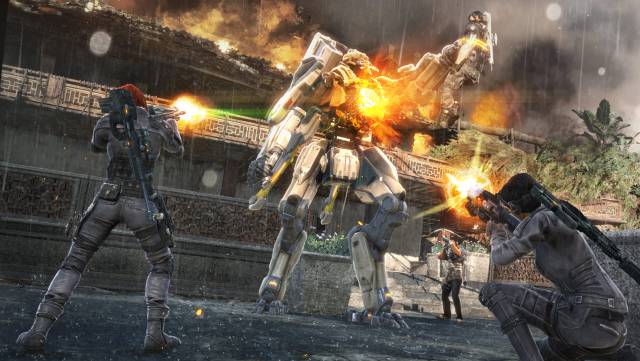 Fuse
Fuse
Ted Price talks about his experience with Microsoft in a VentureBeat article. “From the beginning, (Microsoft and Insomniac) shared the vision of creating something very different, a game with a unique tone and style. I remember that Microsoft came to see the first presentation of the game. They believed in the idea and told us they wanted to work with us because when Insomniac is Insomniac great things happen. ”
According to the founder of the study, they received enormous support from Microsoft, not only in terms of marketing, but also from a development point of view. "It was amazing to see the ads on television and their presence in stores," he says. According to Price, when they launch a new game, they always wait for people's reaction. "You never know. We have our own opinions, but the audience of video games is wide and diverse. There are as many opinions as players. We have done what we could to ensure that the players understand the direction we have taken when it comes to presenting an alternative ”to what is in the market.
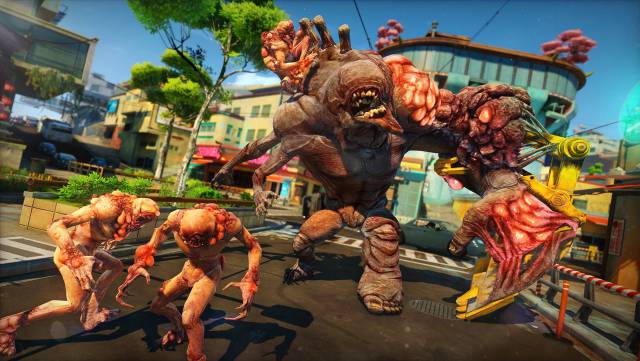 Sunset Overdrive
Sunset Overdrive
Marvel's Spider-Man: the future is with Sony
After the idyll with Microsoft, Insomniac Games returned to PlayStation with one of the most successful superhero video games to date. Californians raised their own version of the trepamuros with Marvel's Spider-Man, a Sony Interactive Entertainment production that separates itself from the universe of movies and tells an independent story. The play features a more mature Peter Parker who has been wearing Spider-Man in the Big Apple for years. He works with Dr. Octavius on technological projects.
The characterization of characters also differs from other products starring Spidey. Mary Jane, for example, is neither an actress nor a waitress. In Marvel's Spider-Man she acts as a journalist, a role that allows her to become a Spider-Man partner and investigate on her own. Bryan Intihar, creative director of the video game, commented in an interview with Push Square that the concept was born "from the idea that the worlds" of Spider-Man and Peter Parker adjoined. "Later, we focus on Peter's characterization." He describes him as a vulnerable character, in a strange way, who changes his personality when the mask is worn, since he is very confident. "Use humor to reduce the amount of tension and stress." They chose to be 23 years old because they thought that at that age “you start a career and give new form to your friends.
A sequel to Marvel's Spider-Man has not yet been announced, but after the success of the first, it would be strange if it did not happen. Be that as it may, the future of Insomniac Games seems bright. After years collaborating with PlayStation, the relationship has been successful in a marriage that is sure to give many joys to the followers of Insomniac Games. The story is still written.

